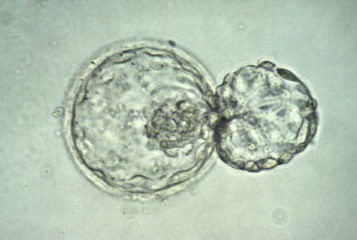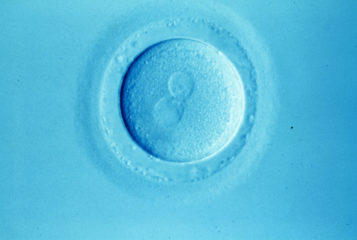DNA shed from early embryos could one day provide an alternative way of genetically testing them without having to do a biopsy, suggests a small pilot study.
Currently, PGS and PGD involve taking a cell from the in vitro embryo at the blastocyst stage; this cell is biopsied and the DNA examined. As well as being invasive, only one cell is examined so the test cannot identify mosaicism in the embryo.
The new study aimed to explore whether DNA shed by the embryo into its culture medium could be used instead – similar to the way NIPT works, where fetal DNA can be isolated from the mother's bloodstream.
'The question is whether this external DNA is detectable from the spent culture media,' said Dr Carmen Rubio of Igenomix in Valencia, Spain. 'Is embryo cell-free DNA in the media representative of the chromosomal constitution of the blastocyst?'
Dr Rubio and colleagues carried out a pilot study that looked at 115 blastocysts from 39 PGT-A (preimplantation genetic testing for aneuploidy) cycles.
'The results are really, really very similar,' she said of the comparison between the test methods. Dr Rubio presented the findings on Wednesday at the European Society of Human Reproduction and Embryology (ESHRE) annual conference in Barcelona, Spain.
Previous smaller studies that compared cell-free DNA from the embryo and DNA obtained from cell biopsy found that the two methods returned the same results in 80 percent of samples.
The main challenges in the culture medium approach are maternal DNA contamination and the possibility of embryo mosaicism.
The researchers acknowledged that the study had a limited number of samples, but Dr Rubio added: 'If we can improve this technique, in the future it may be a replacement for biopsy.'
The study looked at PGT-A, a form of PGS which analyses the chromosomal content of a single cell taken from the blastocyst with the aim of identifying chromosomally normal embryos for implantation. However, some experts argue that this approach may lead to viable embryos being discarded unnecessarily (see BioNews 930).







Leave a Reply
You must be logged in to post a comment.